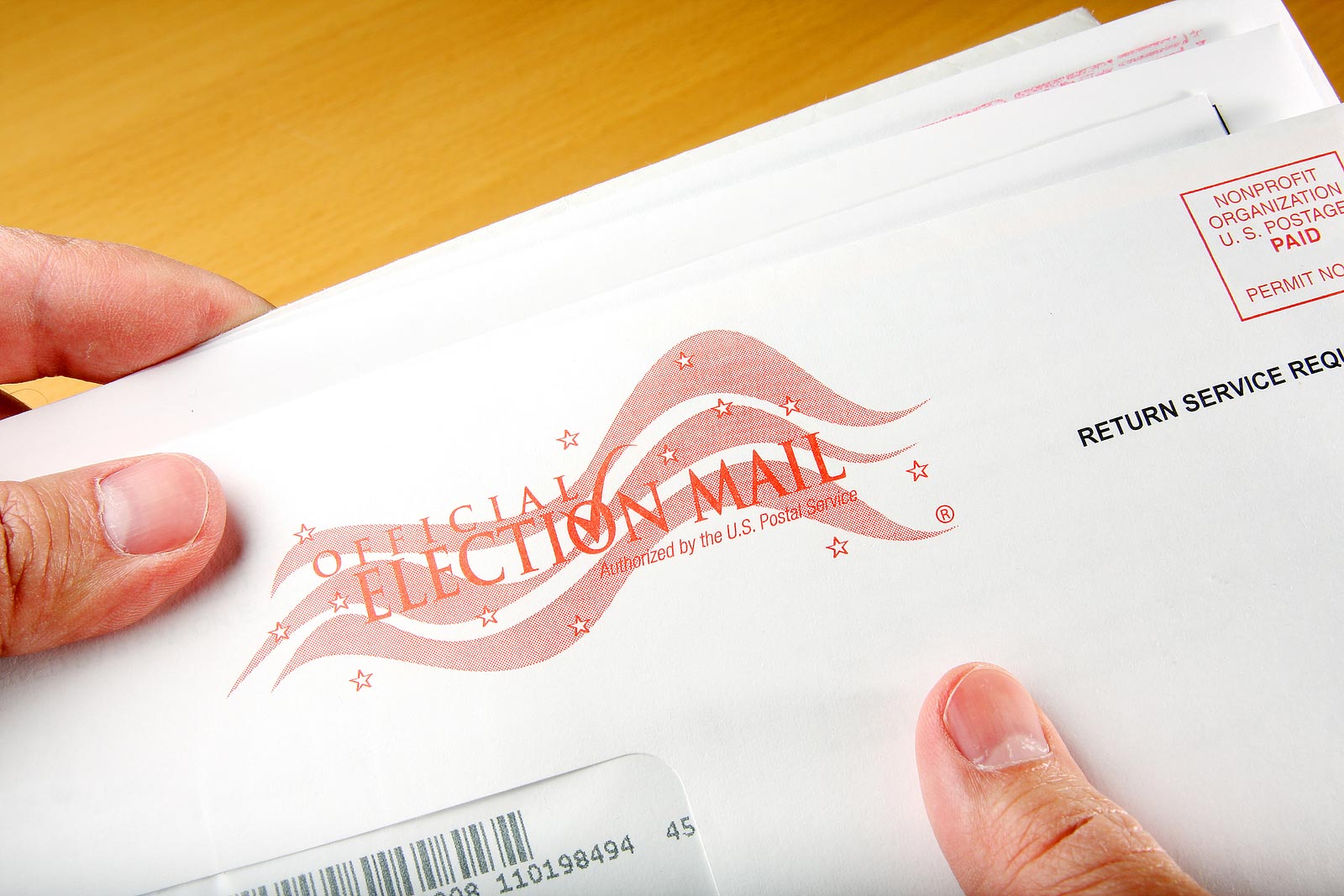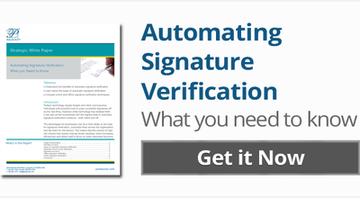Since the most common form of identification used at the polls is a signature, many states and municipal governments are making a conscious effort to ensure that their processes include signature authentication. This can be an arduous and labor-intensive process.
Mail-in voting is proving to be an increasingly popular method of voting in the United States. A number of states, including Colorado, Arizona, Oregon and Washington, allow some or all elections to be conducted entirely by mail. Oregon became the first state in the nation to conduct a presidential election entirely by mail in 2004. The state maintained a vigorous signature verification process for qualifying mail-in ballots. A team of election workers verified each signature against a signature on file for registered voters and passed any ballots for which signatures didn’t match the files on to the county election clerk.
 The weakness of manual processes is that election workers are not considered to be handwriting experts and cannot provide entirely reliable signature verification capabilities even after having completed a signature identification course. However, this was the only possible answer since technology for automated signature verification didn’t offer an industrially mature solution that was at least on par with visual verification. Today’s technology can detect all types of forgeries with an accuracy that not only equals – but far surpasses – visual verification.
The weakness of manual processes is that election workers are not considered to be handwriting experts and cannot provide entirely reliable signature verification capabilities even after having completed a signature identification course. However, this was the only possible answer since technology for automated signature verification didn’t offer an industrially mature solution that was at least on par with visual verification. Today’s technology can detect all types of forgeries with an accuracy that not only equals – but far surpasses – visual verification.
In applications that deal with signed paper documents such as absentee ballots, only the document’s static, two-dimensional image is available for verification. This poses a challenge, considering that detection has to address not only random forgeries that were produced without knowing the shape of the original signature, but also skilled forgeries, or those generated by people imitating the original signature. In order to account for the missing important biometric data (such as speed, acceleration, deceleration, pen pressure and others) and produce highly accurate signature comparison results, signature verification systems imitate the methods and approaches used by human forensic document examiners.
Signatures in question are compared to those on file to determine natural deviations in individual styles that the human eye often cannot detect. Automated signature verification software is able to compare signatures from a variety of sources such as voters registration cards, signature cards or signature snippets cut from any type of document.
Several county governments across the U.S. are already employing this technology. During the 2010 Primary Elections, two counties in California processed over 100,000 vote by mail envelopes with the latest signature verification technology. With about 3,200 counties, parishes or independent cities in the U.S. with similar needs, it is only a matter of time until the automated signature verification technology becomes more pervasive.




